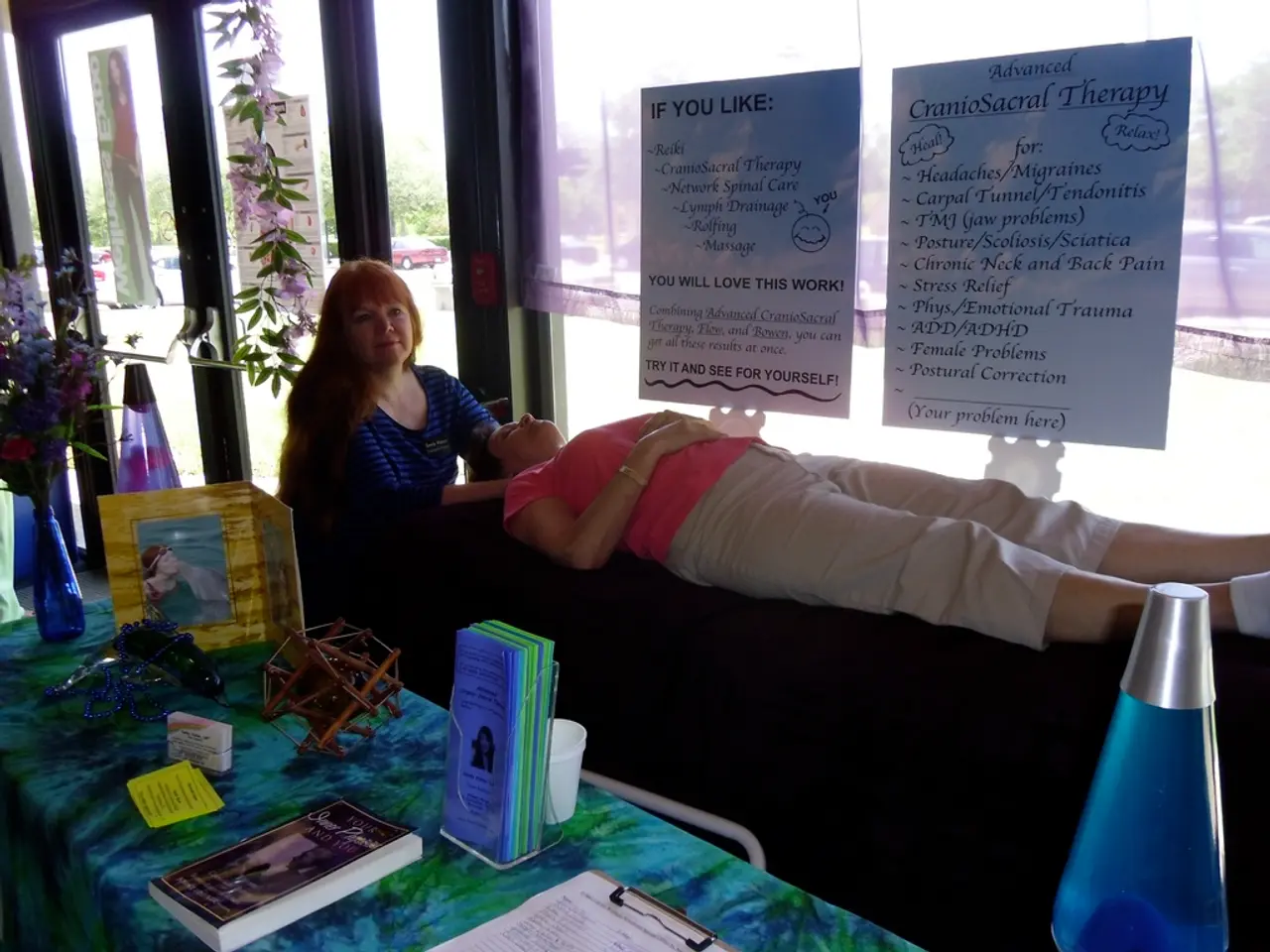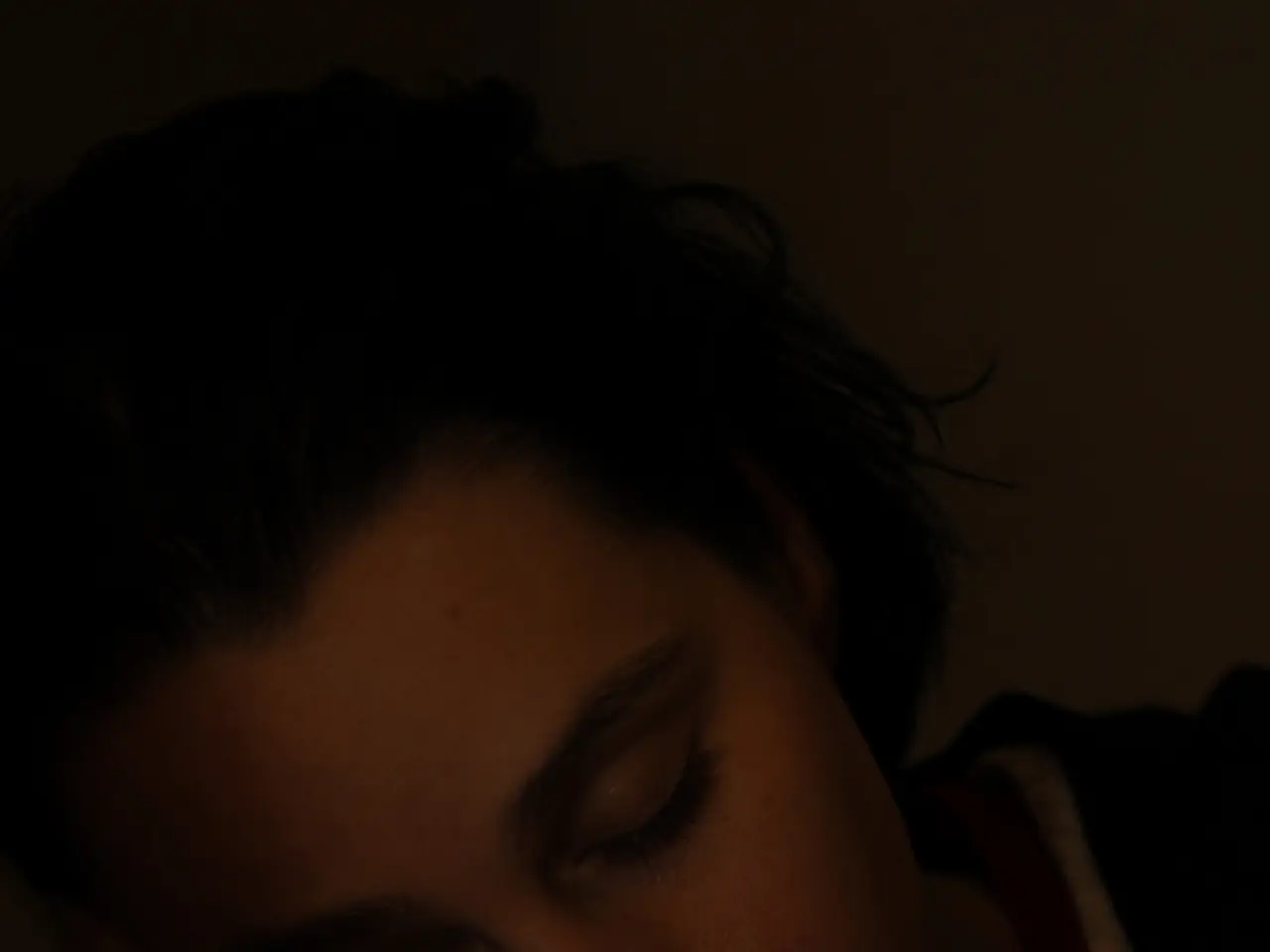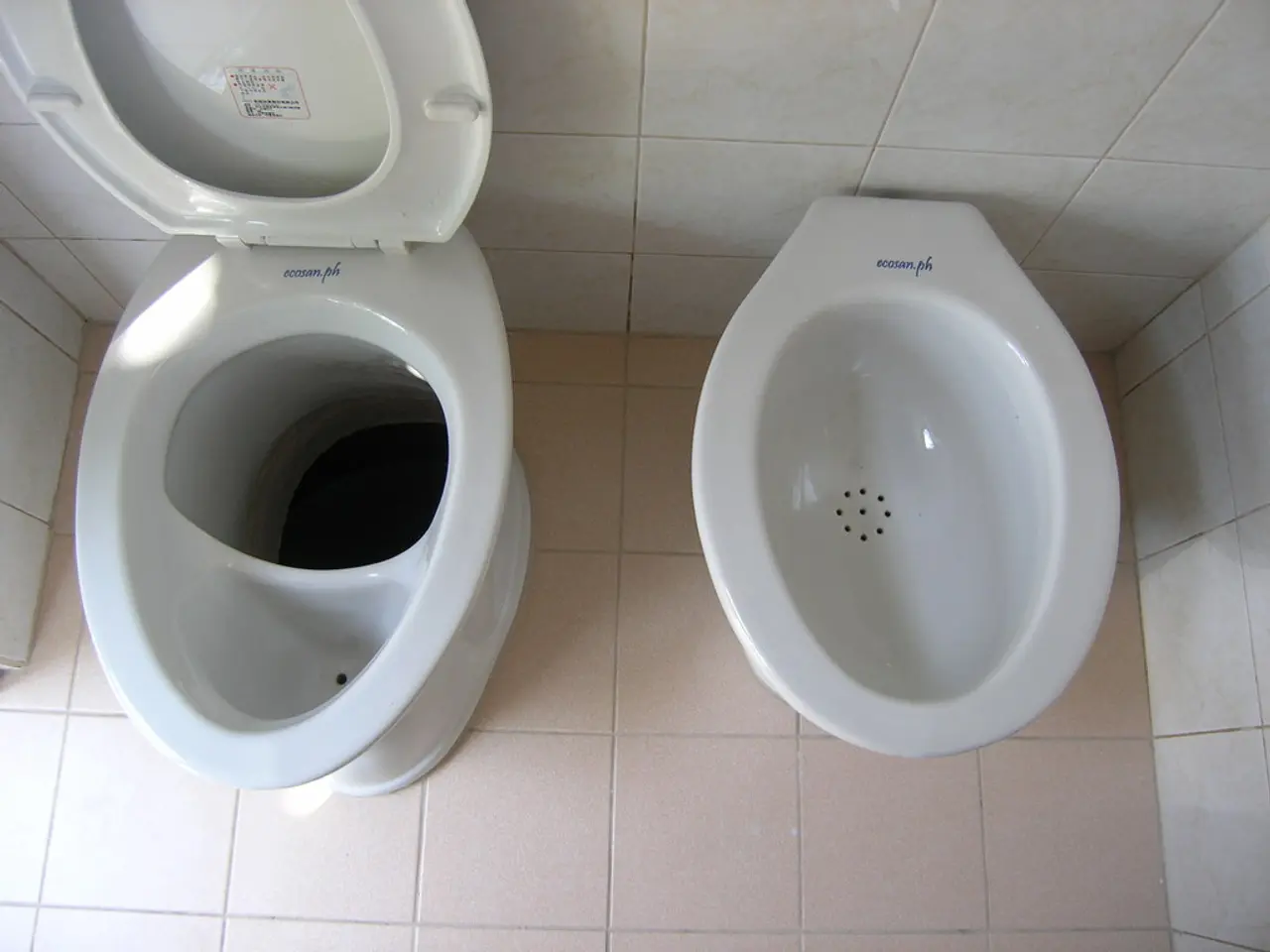Groundbreaking Brain Pacemaker Poised to Revolutionize Approach to Mental Health Treatment
Deep brain stimulation (DBS) is a promising treatment for individuals with severe, treatment-resistant mental health disorders. This innovative therapy involves the implantation of electrodes deep within specific brain circuits implicated in these disorders, delivering low-voltage electrical impulses to modulate abnormal neural activity [2][3][4].
DBS has shown significant promise in reducing symptoms in conditions such as treatment-resistant depression, obsessive-compulsive disorder, anxiety, trauma-related disorders, and some neurological conditions like Parkinson’s disease and epilepsy [1][2][3]. For instance, focused ultrasound targeting of the amygala, a method related to DBS, has reduced emotional brain reactivity and improved a range of psychiatric symptoms, including depression and anxiety, with nearly half of patients experiencing significant symptom relief after treatment [1].
However, while open-label and small trials report encouraging results for depression, larger sham-controlled studies sometimes fail to show significant differences between active stimulation and placebo, indicating the need for further research on patient selection, brain targets, and stimulation protocols [2][3][4].
Ethical considerations surrounding the use of DBS include its invasiveness and associated risks, such as infection, bleeding, hardware malfunction, and brain injury [4]. Some controlled studies have not conclusively demonstrated greater benefit from DBS over sham stimulation, raising ethical questions about exposing patients to surgical risks without guaranteed benefit [2][4].
Ensuring patients have realistic expectations, understand the risks and benefits, and provide informed consent is crucial. As a last-resort treatment after multiple failed therapies, DBS raises concerns about autonomy and self-identity, as modulating brain circuits could potentially affect personality, mood, or behavior in unintended ways [4].
DBS is a costly and specialized treatment, posing challenges for equitable access and allocation of healthcare resources [2]. The Toronto program, one of the world's leading hubs for DBS research, is currently following 58 patients undergoing DBS for treatment-resistant depression [5].
For depression, the targeted area is often Brodmann Area 25, also called the subcallosal cingulate, a region known to be hyperactive in people with major depressive disorder. Researchers are exploring whether stimulating this region could also ease the compulsive behaviors and emotional rigidity seen in anorexia [4].
DBS involves creating two small burr holes in the skull and implanting two electrodes into very specific regions of the brain, chosen based on the condition being treated. The electrodes are guided to the targeted brain region using MRI imaging and electrical recordings. The wires are connected to a pulse generator implanted beneath the skin near the collarbone [3].
Dr. Andres Lozano, one of the pioneers of DBS research, states that they are not just treating a disease label, but treating brain circuits that often show up across multiple disorders. DBS uses thin, surgically implanted electrodes to deliver electrical impulses to targeted brain regions, modulating their activity, not overwhelming it [4].
In one early clinical study of DBS for depression, four out of six patients experienced dramatic improvements within six months, and the effects lasted an entire year [3]. Deep brain stimulation is a real therapy that explores the possibility of recalibrating depression, not numbing or dulling it. By modulating this overactivity, DBS can reduce the sense of emotional heaviness that defines treatment-resistant depression [2].
As clinical trials continue to refine brain targets and stimulation techniques, the goal is to develop safer, more personalized treatments with clearer benefits [1][2][3][5]. Despite the ethical considerations and ongoing research, DBS offers hope for individuals with severe, treatment-resistant mental health disorders.
Science and technology have played a significant role in the development of deep brain stimulation (DBS), a promising therapeutic approach for individuals with treatment-resistant mental health disorders. In the realm of health-and-wellness, DBS has demonstrated potential in reducing symptoms associated with conditions such as depression, obsessive-compulsive disorder, anxiety, trauma-related disorders, and certain neurological conditions like Parkinson’s disease and epilepsy. This technology, though complex, aims to recalibrate abnormal neural activity within the brain rather than simply overpower it, providing a fresh perspective on treatment options for mental health. However, it's crucial to acknowledge the scientific and ethical challenges that accompany DBS, including the need for further research, understanding of risks and benefits, ethical considerations, and equitable access to this specialized, costly treatment.




